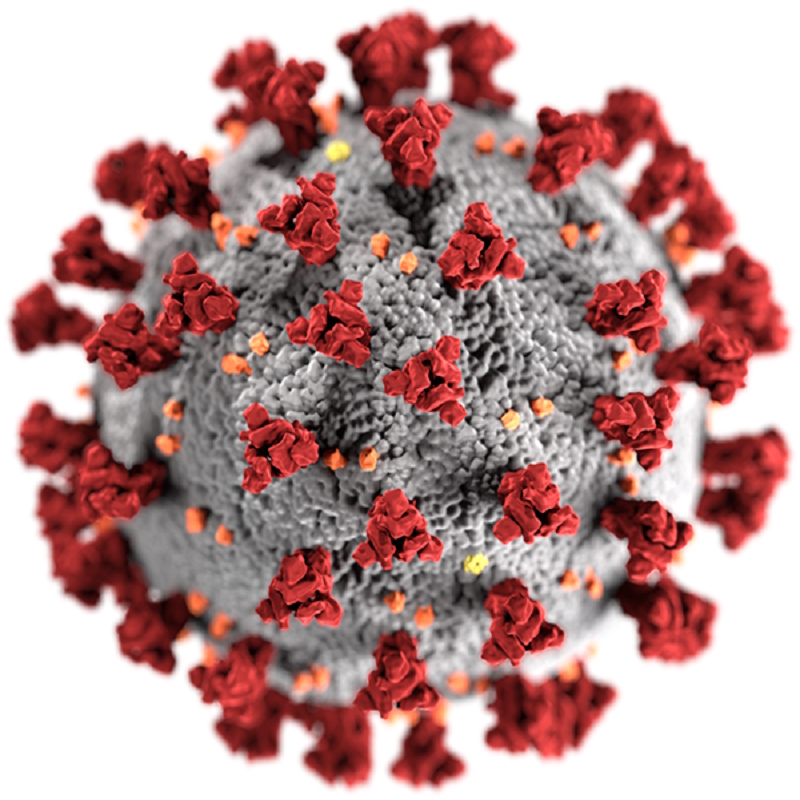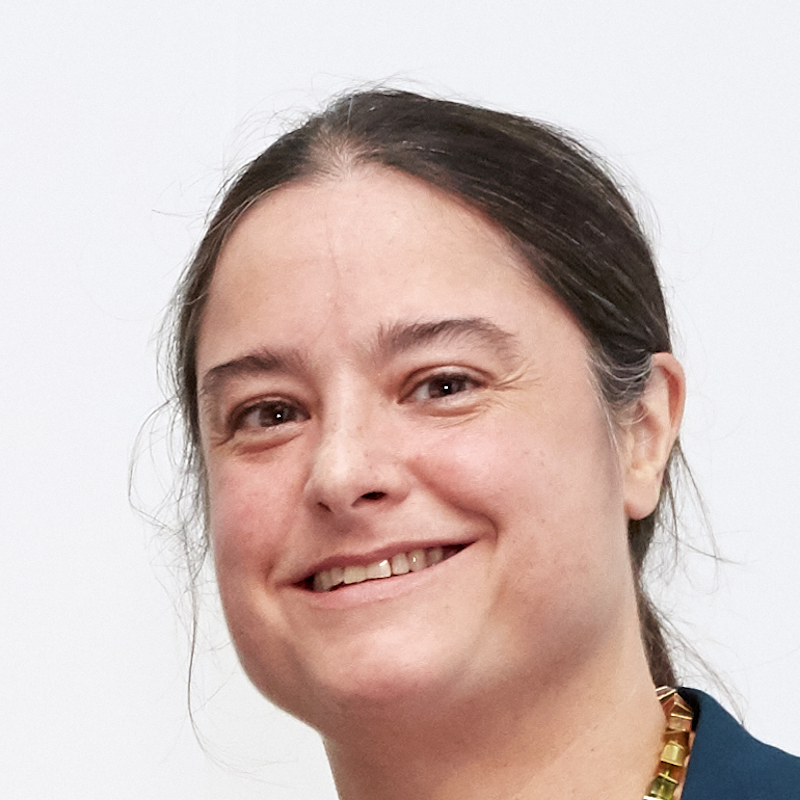The Royal Society spoke to Professor Julia Gog OBE ahead of International Women and Girls in Science Day to learn about her new school curriculum project called Contagious Maths, which was supported by a Royal Society Rosalind Franklin Award grant.

Professor Julia Gog, what or who inspired you to study maths?
I’ve always loved maths. I was lucky enough to have amazing teachers at sixth form who challenged me and were 100% behind me pursuing maths at the highest level. Taking part in the UK Maths Olympiad gave me a sight of a far bigger world of maths than I could see from an A-level textbook. It really was only glimpse, but it was enough that I was certain that I wanted to pursue maths.
During my degree I did have a niggle of “what’s this all for” or even “where am I going with this”, but I was able to focus on what inspired me the most. I sense this is something that it is much harder for school and university students these days. I think the challenges to humanity are more in the face of youngsters. I wish I could have magically looked ahead to see how it all connects. So this is something I’m trying to help with now: to offer a glimpse from school to the research world to see the role mathematics can play in tackling important real world problems.
Why is it important for school students to have visible roles models in STEM?
There are so many massive jumps ahead of school students: next steps for study, work, moving away from home, and higher education can seem like a very different world. So it becomes a major barrier if you can’t see anyone that is “like” you represented on that future path. Visible role models can make pursuing STEM seem more imaginable to more school students, and help them decide they want to pursue it.
It’s a matter of fairness, everyone should have these wonderful opportunities, but it also benefits STEM. New students are our lifeblood, and we want those who can bring the most in terms of ability and motivation – we’re going to get the best by being available to the widest group possible.
Why did you choose to develop a school curriculum project?
I have worked in outreach for many years at Cambridge, and the “Contagious Maths” project grew out of discussions with colleagues here who have expertise in reaching school-age audiences. The 11-14 age we are targeting is a real crunch point for retaining girls in maths, and future female mathematicians. What exactly happens is complex and multifaceted, but this is a period when people form their views on how they fit with maths and science. Many disengage as it can seem that “maths” at school is utterly disconnected from the real world. It can also be a time when maths appears very starkly right or wrong, whereas any research mathematician can tell you it’s always so much more subtle that than, and therefore so much more interesting!
That’s where this school curriculum project came in: developing materials for mainstream lessons (as opposed to the ultra-specialist extra maths club), and choosing a topic with rather obvious real-world value. We’ve been frank that the maths is never black and white in this field, there are always ways to challenge and develop the models, and some tricky thinking to be done about how the real epidemics and the simulations are really related to each other. I suspect some students will find this frustrating, and just want maths to be algorithmic exercises. But some will be intrigued, those are the ones we are trying to reach and expose to this larger world of applied maths research.
We’re also arming teachers with the ideas and tools to do this, so they have at their fingertips all they need to deliver these lessons. Maybe those teachers have no experience of research mathematics. We hope this project will help these teachers to bring in the wider view of mathematics, and we hope it inspires them too.
Of course learning can happen beyond school, and we’ve also designed another version of our resources for a more general self-guided audience, which will work for school students older than 14, and of courses there is no upper age limit!
So how does mathematics tell us anything about something so complex as an epidemic?
This is what intrigued me to stay in mathematics beyond my degree, and to move into research in mathematical biology. The paradox between the cleanness and precision of mathematics, and the utter hot mess of anything that involves biological dynamics across populations – like an outbreak of an infectious disease. Yet there it is, and both are beautiful and real!
Elegant theoretical ideas can tell us something valuable and universal about mitigating their devastating effects on human and animal populations. Super abstract equations can hold fundamental truths about real world problems.
I don't think I will ever tire of thinking about that.
The Contagious Maths resources launched on 12 February 2024 by Professor Gog and her team.
The Royal Society’s work supporting STEM education includes teacher resources and opportunities to bring science into the classroom.
The Rosalind Franklin Award and Lecture nominations are currently open and will close on 23 February 2024.

